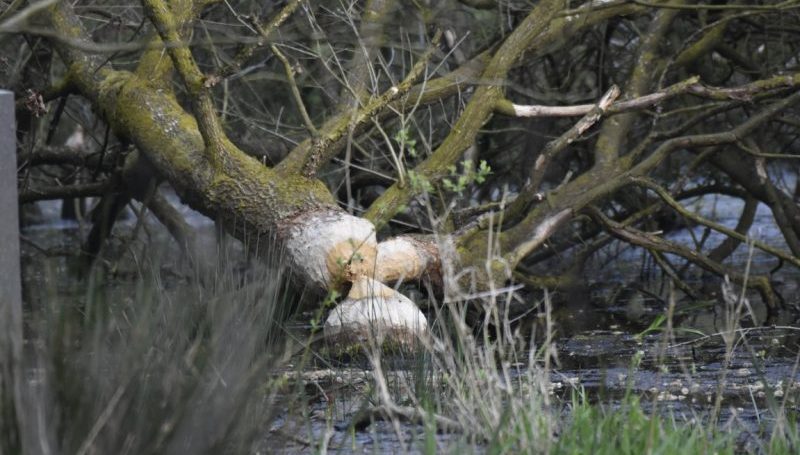The 19th century viaduct spans the River Leven estuary, which is included within the limits of a Site of Special Scientific Interest (SSSI), a Special Area of Conservation (SAC), and a Special Protected Area (SPA).
The engineering works could only take place at low tide, as the retaining wall was underwater at high tide. However, this meant that the work could potentially disturb the wading birds that used the surrounding area of mudflats at low tide for roosting and feeding.
Our ecologists were required to visit the site during low tide periods to survey for wintering birds, so they could identify the species and numbers present and assess disturbance levels. Due to the close proximity of the SPA, Natural England stipulated that ecologists should monitor the site for qualifying overwintering bird species.
Oystercatchers, little egrets and curlews were among the bird species that were using the mudflats to feed and roost nearby. Our ecologists monitored the distance that plant machinery was working from the birds and ensured that they weren’t disturbed by the engineering activity. As the work took place several hundred metres from where the birds were feeding, it was considered that the low-level noise and vibrations did not result in a significant disturbance level – the distribution and behaviour of the birds remained unchanged..
These important wading birds return to areas like the Morecambe Bay and Duddon Estuary Special Protection Area every winter to feed on invertebrates in the estuary. It was important that our ecologists worked closely with Network Rail’s contractors on site to ensure the birdlife was protected during engineering works.
If you require more information about wintering bird surveys please contact contactus@ecusltd.co.uk.




